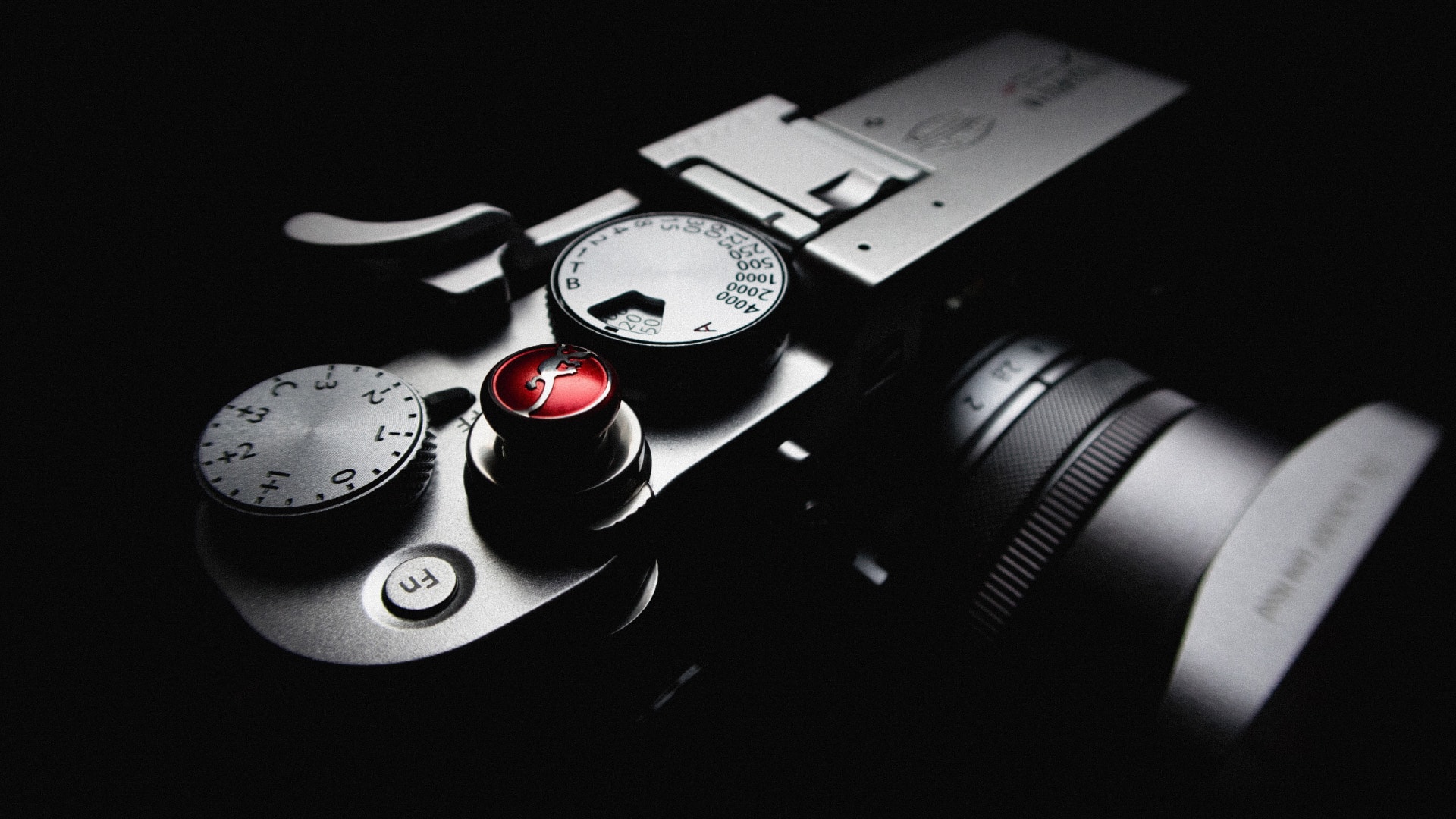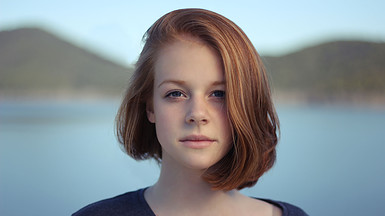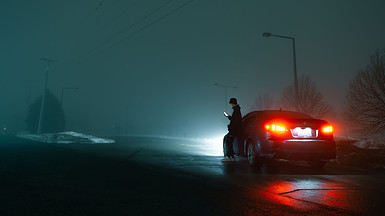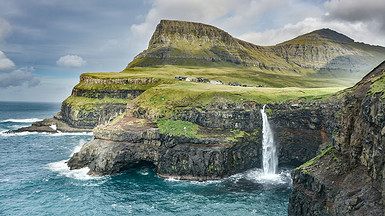As part of the increasing trend of a compact system camera, many big names in this industry such as Fujifilm, Sony, Nikon, Canon, Olympus, and Panasonic have come up with their own lines of the best mirrorless cameras in 2024.
As the name implies, a mirrorless camera lacks a reflex mirror mechanism. What does it mean? It offers less shaky pictures or more image stabilization. In addition, this type of camera is usually smaller, compact, and lightweight, offering other benefits like an electronic viewfinder (EVF), higher shooting speed, and a silent mechanism.
We will explore some of the best picks and some things to consider before buying, more particularly for those aspiring photographers.
10 Best Mirrorless Cameras in 2024
Starting in the mid-2000s, mirrorless cameras are becoming part of the rising trend of so-called compact system cameras. The following are some of the best options from many major camera brands.
1. Fujifilm X-H2
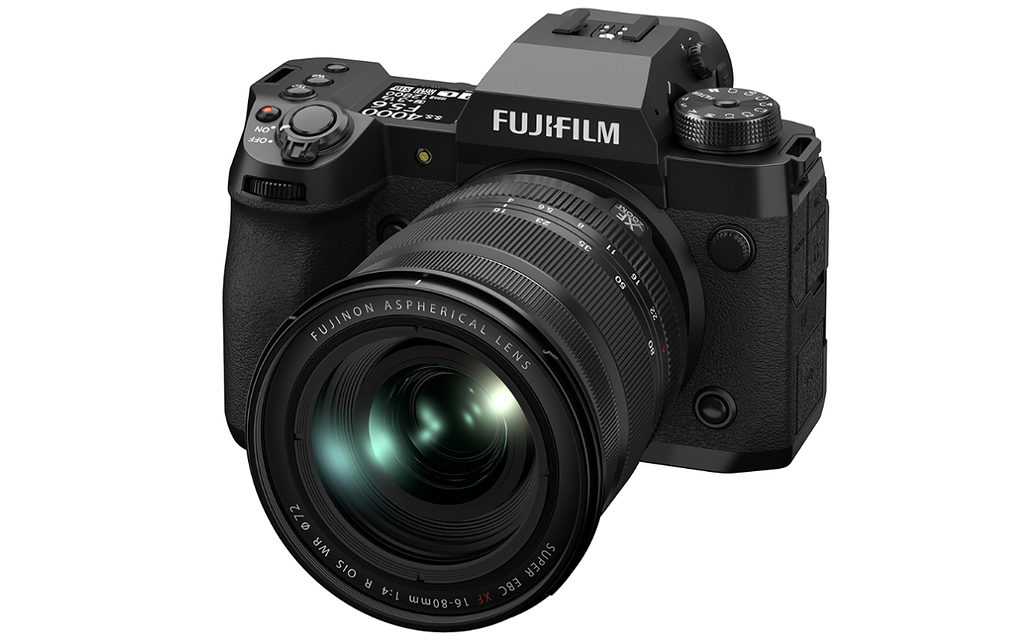
The Fujifilm X-H2 has successfully redefined the expectation for the APS-C camera system with its not only compelling specs but also compelling value. A 40MP and 8K mirrorless camera, it is among the best Fujifilm cameras overall for still images, video, and price. The following are its specifications that aim for professional standards.
Specifications
Mount: Fujifilm X-mount
Image processor: X-Processor 5
Sensor size: 40MP APS-C X-Trans 5 HR BSI
Image stabilization: 5-axis IBIS
Viewfinder: 5.76-million-dot OLED
Maximum image size: 7,728 x 5,152 pixels
Maximum video resolution: 4K 60p, 6.2K 30p, 8K 30p, 1080 120p
ISO range: 64 – 51,200
Size: 136.3 x 92.9 x 84.6mm
Weight: 660g / 23oz (including battery)
Screen type: Vari-angle touchscreen, 1.62m dots
Memory card: 2 slots: 1x SD UHS-II, 1 x CFexpress Type B cards
Connectivity: Wi-Fi, Bluetooth, HDMI, USB-C, 3.5mm mic, 3.5mm headphones, 2.5mm remote
Having the highest resolution, its 40-megapixel sensor has surpassed some other full-frame cameras of the APS-C camera system. Not to mention 5-axis IBIS to boot and 8K video resolution, offering you impressive performance, hence worth every single penny you spend.
Looking at its size and design, we can say that Fujifilm X-H2 is not a large camera. It has identical handling to the predecessors X-H2S and X-H1. Regardless of not so big, this camera provides a deep grip for a more secure hold. Also, it offers a decent amount of space around the controls.
To sum up, the ups and downs of this FujiFilm X-H2 are as follows.
Pluses
+ 40MP still images
+ 8K video with long recording times
+ 15/20fps continuous shooting
+ 160MP multi-shot mode
Minuses
– Cooling fan is additional
– For outright speed, X-H2S is better
2. Olympus OM-D E-M10 Mark IV
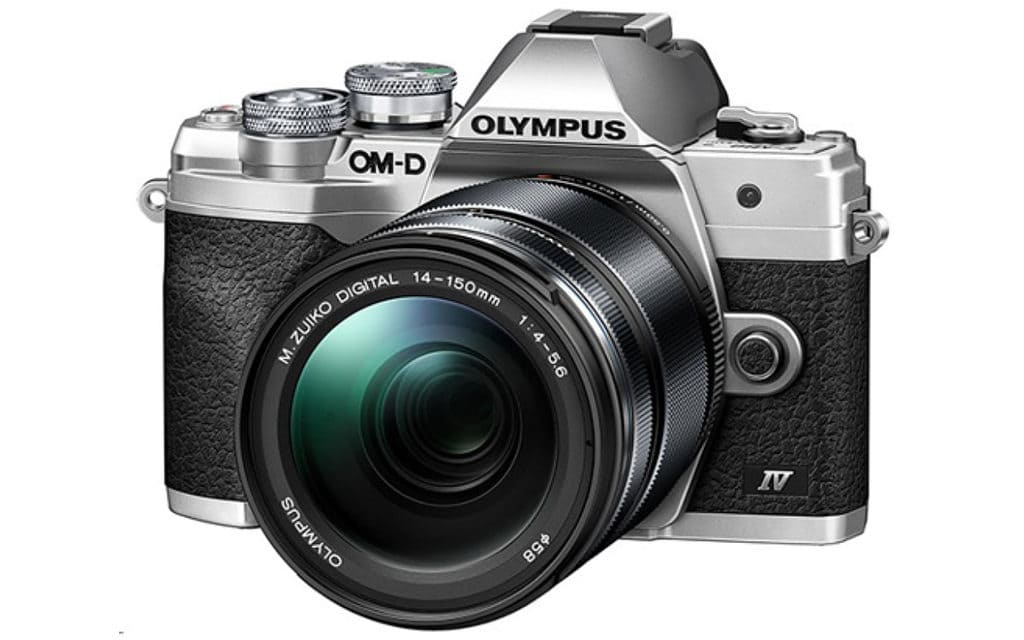
Do not get intimated by its complex name; the Olympus OM-D E-M10 Mark IV is surprisingly a small and simple yet compact and powerful stills mirrorless camera. Categorized as inexpensive, this entry-level camera offers more advanced specs than the price asks. Let’s take a look at its detailed specs below.
Specifications
Lens mount: Micro Four Thirds
Image processor: TruePic VIII
Sensor: 20.3MP 4/3” Live MOS sensor
Viewfinder: EVF, 2,360K dots
AF points: 121 point Contrast Detection AF system
ISO range: Low (approx. 80) – 25,600
Video: 4K at 30p, 25p, 24p, Full HD at 60p, 50p, IPB (F,N)
Max burst: 8.7fps high, 5fps low
Metering modes: ESP light metering, Spot metering, Center-weighted metering, Highlight, Shadow
Size: 121.7mm x 84.4mm x 49mm
Weight: 383g (body only, including battery and memory card)
Screen type: 3-inch tiltable touchscreen, 1,037K dots
Memory card: SDHC/SD/SDXC (UHS I/ UHS-II)
Connectivity: Wi-Fi, Bluetooth
Dubbed one of the best mirrorless cameras for beginners, Olympus OM-D E-M10 Mark IV is not only powerful but also brilliant as a stills camera. It offers excellent image stabilization and allows you to shoot a bit of quality video when necessary. Also, it has a handy flip-down touchscreen, not to mention some accessible advanced photo modes.
If you are a hobbyist snapper or a new photographer, you can take this camera into account. Some other reasons are as follows.
Pluses
+ Adept 20MP sensor
+ Remarkable image stabilization
+ Handy flip-down touchscreen
+ Compact body
+ Wide choices of affordable lenses
Minuses
– No microphone/headphone input
– No USB-C port
– Max 4K/30p video
3. Fujifilm X-T4
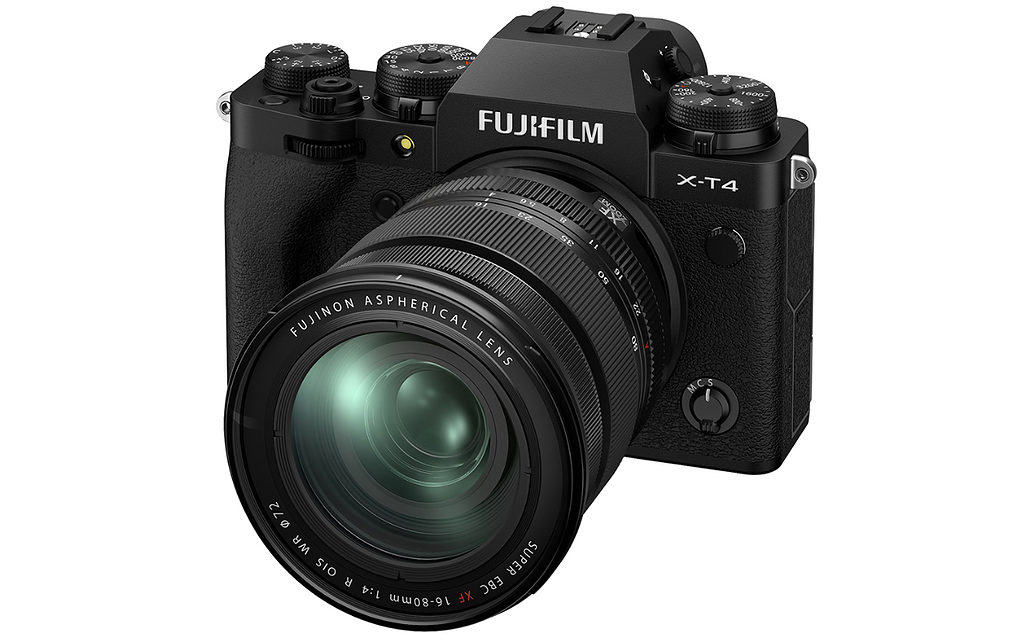
Taking over its predecessor, X-T3, the Fujifilm X-T4 is a new star in the Fujifilm APS-C system, especially for X-mount mirrorless camera range. Offering additional key features, it is probably the most advanced, most powerful, and most wanted APS-C camera on the market today. Accordingly, it has become one of the most compelling alternatives to full-frame cameras.
Specifications
Image processor: X Processor 4
Sensor: 26.1MP APS-C X-Trans CMOS 4 sensor
Viewfinder: EVF, 3.69m dots
AF points: 117/425/91 point hybrid contrast/phase AF
ISO range: 160 to 12,800 (exp 80-51,200)
Maximum image size: 6,240 x 4,160
Maximum video size: 4K & UHD at 60/50/30/25/24p
Max burst: 15fps (mechanical shutter), 30fps (electronic shutter, 1.25x crop mode)
Size: 134.6 x 92.8 x 63.8mm
Weight: 607g (body only)
Screen type: 3-inch vari-angle touchscreen, 1.62m dots
Memory card: 2x SD/SDHC/SDXC (UHS-II)
Connectivity: Wi-Fi, Bluetooth
A perfect captivating combo, The Fujifilm X-T4 is all about retro dials and analog elegance on the outside but is fully packed with more advanced features inside. Highly desirable for ardent amateur and pro snappers, the X-T4 even has activated its ‘all-rounder’ dial up to 11.
Moreover, the IBIS inclusion has made it the second camera in Fujifilm that has it after the X-T1. Let’s see more of its advantages and drawbacks before choosing or even buying.
Pluses
+ Solid as a rock
+ Class-leading APS-C sensor
+ IBIS is a bit extra for stills and video
+ Good battery life
+ Practical menu system
Minuses
– Potentially limited AF performance due to choice of lens
– EVF behavior in low-contrast light
– No headphone jack
The headline news is the inclusion of in-body image stabilization (IBIS), making this only the second Fujifilm camera to have this feature, the other being the Fujifilm X-H1.
4. Fujifilm X-H2S
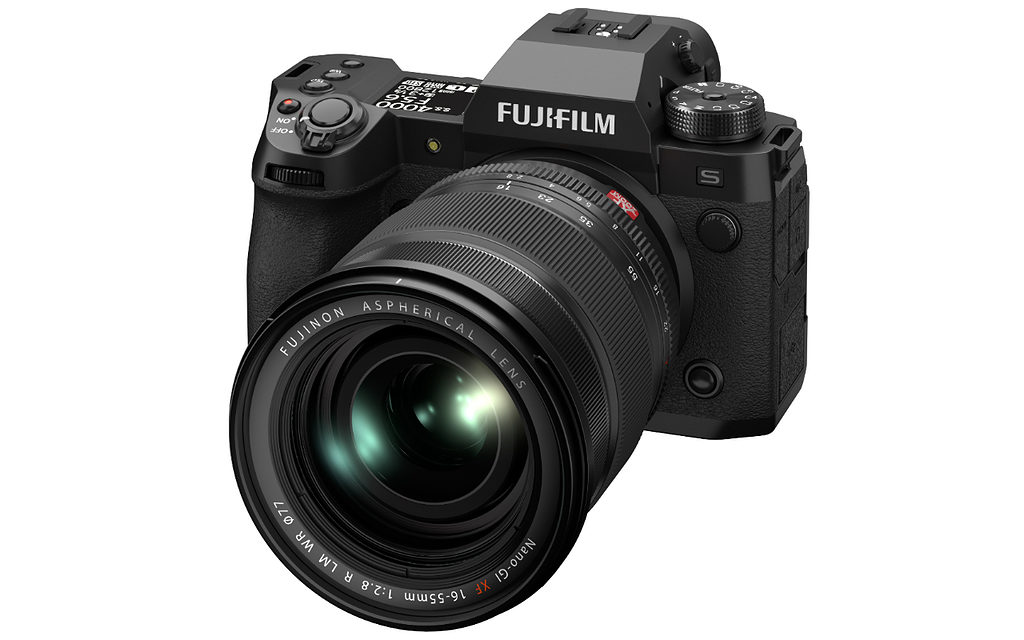
Fujifilm X-H2S is the brand new camera boasting its latest 5th generation sensor and processor—the X-TransTM CMOS 5 HS and X-Processor 5. A powerful X-mount camera that is packed with class-leading 40fps continuous shooting and full autofocus features. It is perhaps one of the best Fujifilm X series cameras on the market right now.
Specifications
Image processor: X-Processor 5
Sensor: 26.16 MP (APS-C) X-Trans CMOS 5 HS with a primary color filter
Viewfinder: EVF: 0.5 inch OLED Color Viewfinder, Approx. 5.76 million dots
AF points: 425-point AF
Video: 6.2K at 30p, 4K 120p
Max burst: 15fps (mechanical); 40fps (electronic)
Size: 136.3 x 92.9 x 84.6mm
Weight: Approx. 660g (including memory card and battery), Approx. 578g (excluding memory card and battery)
Screen type: 3.0 inch vari-angle Touch Screen Color LCD Monitor
Memory card: SDHC Card (-32GB) / SD Card (-2GB) / SDXC Card (-2TB) / UHS-I / UHS-II / Video Speed Class V90 / CFexpress Type B Card (-2TB)
Connectivity: Wi-Fi, Bluetooth
In addition to a seriously-fast stacked sensor, the Fujifilm X-H2 also offers a spectacular uncropped 6.2K 30p video spec internally for pro-quality videos. The electronic shutter will give a maximum burst of up to 40fps. At the same time, the subject-tracking autofocus will be great for taking fast-moving scenes.
There are countless color profiles for image and video editing flexibility. The package is complemented by in-body image stabilization (IBIS)and a highly responsive and articulating touchscreen.
Pluses
+ Up to 7 stops of stabilization
+ Rapid continuous shooting at 40fps
+ 6.2K 30p and 4K 120p video
+ Video powerhouse with Apple ProRes support
Minuses
– No eye Control AF
– May require an optional cooling fan
– More costly
5. Canon EOS R7
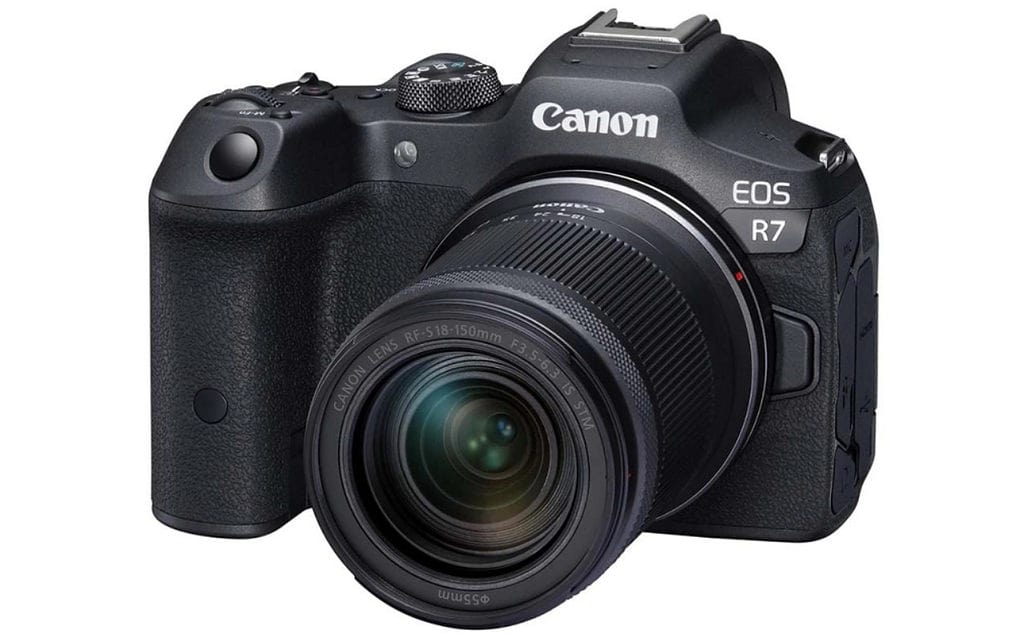
Canon EOS R7 enters the APS-C market with another option as a fast burst shooting camera. You can say that it has similarities with other classic Canon DSLRs, such as Canon EOS 7D Mark II and EOS 90D. The APS-C sensor is what makes it different, with a higher resolution of 32.5MP.
In fact, Canon EOS R7 is a compelling combination of Canon’s brand new Dual Pixel CMOS AF II autofocus system and a rapid 15fps burst-shooting speed. Even it can deliver a burst speed of up to 30fps if the electronic shutter is in use.
Specifications
Sensor size: 32.5MP APS-C CMOS
Viewfinder (EVF): 0.39-inch OLED 2.36m-dot resolution
Video: 4K/60p, Full HD/60p, High-speed 120p Full HD
Max Burst: 30fps electronic shutter (buffer 126 JPEG / 42 raw), 15fps mechanical shutter (buffer 224 JPEG / 51 raw)
AF points: 5915 manually selectable, 651 automatic selection
Size: 132 x 90.4 x 91.7mm
Weight: 612g (including battery and SD card)
Screen type: 2.95-inch vari-angle touch 1.62m-dot
Memory card: Double SDHC/SD/SDXC UHS-II
Connectivity: Wi-Fi, Bluetooth
The Canon EOS R7 is indeed an all-rounder—a higher resolution 32.5MP sensor, IBIS, deeper buffer, dual card slots, and more. Some downsides are more likely less native lenses and somewhat more costly.
Still, this camera can be one of the best alternatives to other full-frame cameras, especially for a keen newbie photographer.
Pluses
+ Rapid burst shooting
+ Well priced
+ Good handling
+ Exceptional autofocus and stabilization
Minuses
– Lack of native APS-C lenses
– Average electronic viewfinder
– Lack of 4K/120p video
6. Nikon Z fc
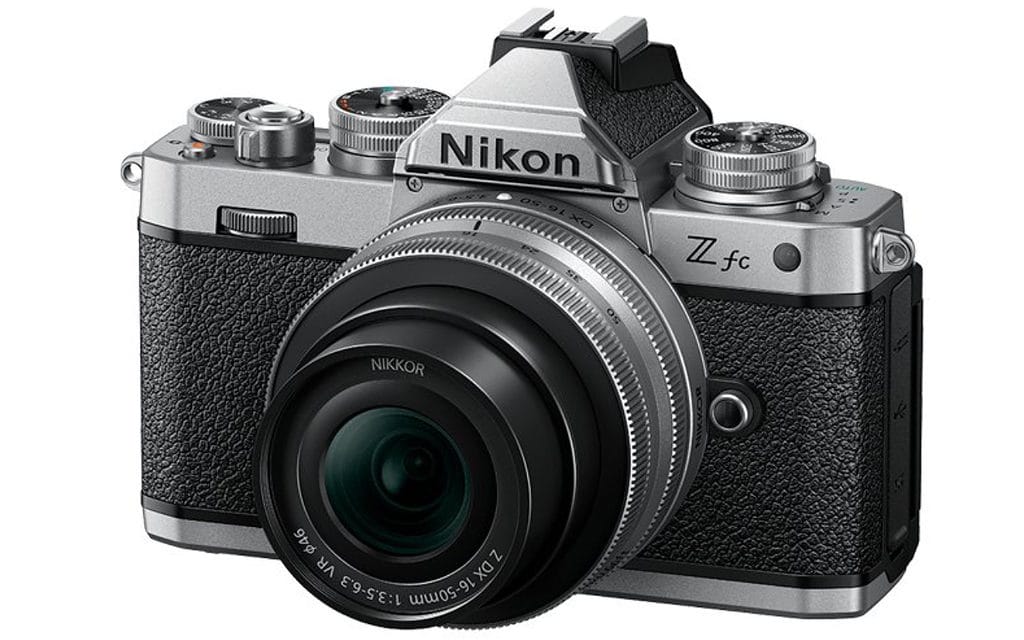
Following the predecessors of retro-style cameras—Fujifilm, Olympus, and Leica—Nikon comes up with the Nikon Z fc. In addition to its unapologetically good-looking body, this camera offers the mod cons of the latest mirrorless model. The following are some of its specifications you can look up to.
Specifications
Sensor size: 20.9MP APS-C CMOS
Viewfinder (EVF): 0.39-in 2.36-million-dot OLED EVF
Stabilization: Electronic Vibration Reduction, video only
AF points: 209
ISO range: 100-51,200 (expandable to ISO 204,800)
Max burst: 11fps
Maximum image size: 5,568 x 3,712px
Maximum video size: 4K UHD up to 30p
Size: 134.5 x 93.5 x 43.5mm
Weight: 390g (body only), 445g (with memory card and battery)
Screen type: Vari-angle touchscreen
Memory card: 1x SDHC/SD/SDXC, UHS-I
Nikon Z fc is not all style yet with the necessary substance. You will definitely love the aluminum dials to operate. Also, having the Z 50’s excellent internals, performance, and image quality, it takes only a few compromises to get the extra style. What about looking at their pluses and minuses before continuing?
Pluses
+ Stunning styling
+ Solid specs
+ Reasonably priced
Minuses
– Compromised ergonomics
– Fortunately, ‘only’ 20.9 megapixels
– Lack of DX Z-mount lenses
Yes, two of the most prominent compromises of this mirrorless camera are the body shape that is somewhat slippery and DX-format native Z-mount lenses that are in relative shortage. Still, regardless of those drawbacks, Nikon Z fc is worth every penny. It just needs to bring out more lenses.
7. Fujifilm X-S10
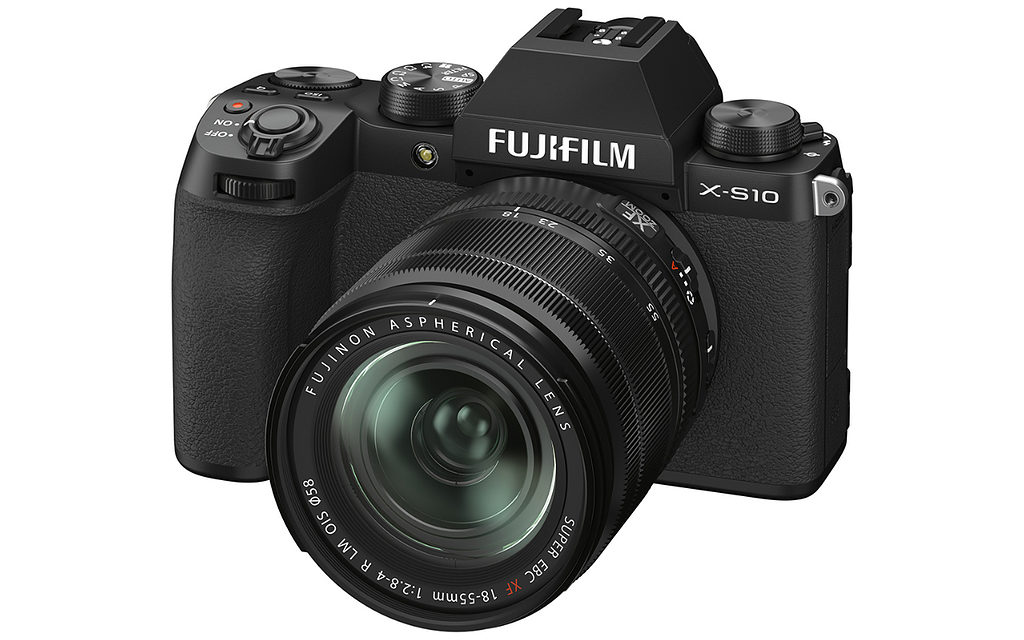
If you are looking for a mid-range, affordable mirrorless camera, you can consider Fujifilm X-S10 as one of the best options. It simply offers an excellent combo of features and performance at a well-given price.
Unlike other Fujifilm cameras, the X-S10 marks an attention-grabbing change by reverting to a regular model dial we commonly see on numerous competitors. It shifts from other Fujifilm’s cutting-edge mirrorless cameras that all, depending on the model, have features of external shutter speed dials and external lens aperture rings (or, sometimes, ISO dials).
Specifications
Resolution: 26.1MP
Viewfinder (EVF): 2.36m dots
Sensor: CMOS
Autofocus: 425-point AF
Max. continuous shooting rate: 8fps (mechanical)
Video: 4K/30p
Screen type: 3.0-inch vari-angle touchscreen, 1.04m dots
Indeed, the Fujifilm X-S10 marks a bold new move made by the company to pursue a mid-range mirrorless camera. As a result, it takes the many good things from its class-leading Fujifilm X-T4. The highlights include the so-called in-body image stabilization or IBIS and transform it into a smaller and more inexpensive body.
Still, it has made its way as one of the best mirrorless cameras for novices or hobbyist shooters.
Pluses
+ Terrific finish and handling
+ In-body image stabilization (IBIS) in a small body
+ 100% phase-detect AF coverage
+ Uncropped 4K video
Minuses
– Shift to a regular mode dial
– No 4K 60p (unlike the X-T4)
– IBIS is less effective for video
– Limited touchscreen menu system
8. Sony A1
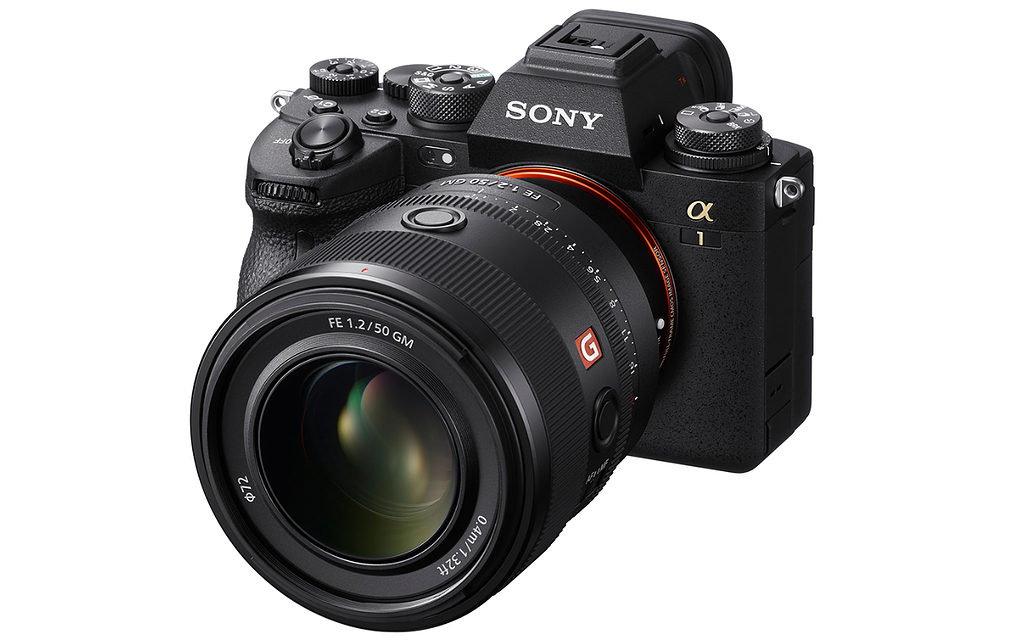
The Sony A1 triumphantly offers three things you need for a camera—resolution, speed, and video. Even this mirrorless camera takes it to the next level of highly dedicated fast-moving scenes and video cameras.
What is more? The Sony A1 is the first to do all these three things—the first full-frame mirrorless camera to offer 50 MP resolution, the first camera to shoot 8K video, and the first to deliver high-speed burst shooting modes.
One of its drawbacks is, of course, the price. Some find it highly costly.
Specifications
Resolution: 50.1MP
Lens mount: Sony FE
Sensor: Full frame
Viewfinder (EVF): Electronic, 9.44m dots
Max burst speed: 30fps
Max video resolution: 8K
Screen type: 3-in tilting, 1.44m dots
Almost a car-sized price tag, the Sony A1 overkills most photographers. Still, if money is no object and you shoot various subjects (not only landscape or sports), this camera is perhaps one of the most multipurpose professional cameras ever.
Pluses
+ 50MP resolution
+ 8K 30p video, 4K 120p
+ 30fps continuous shooting
+ Incredible detail capture
+ Ultra-fast burst shooting speed
Minuses
– Prohibitively costly
– Too much for most photographers
– Menu system is somewhat complicated
9. Panasonic Lumix S5
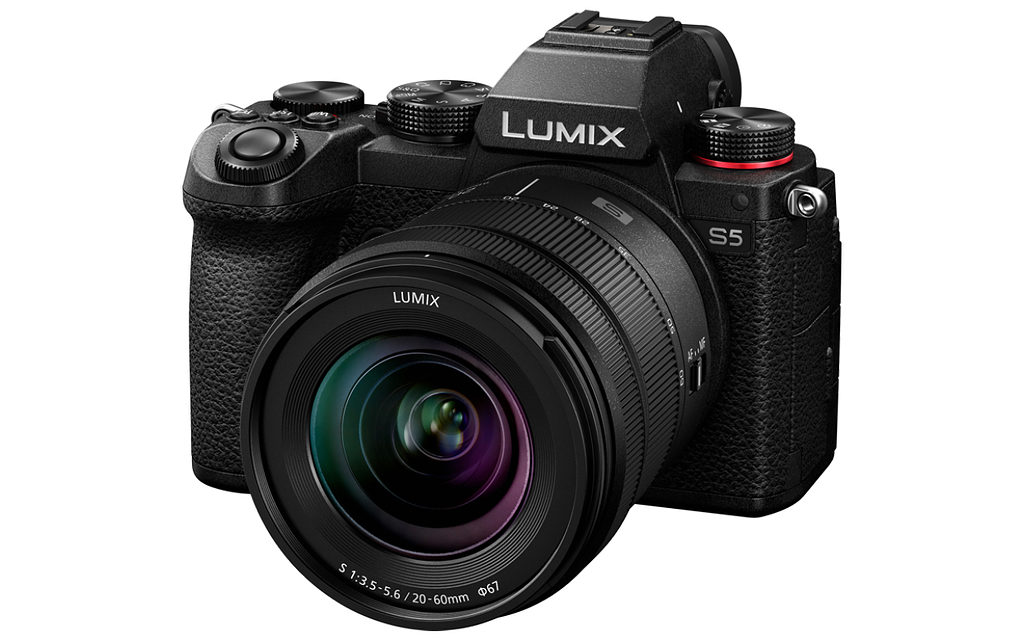
Joining the family of three existing Lumix S models, the Panasonic Lumix S5 is gaining attention and popularity as a smaller and lighter full-frame mirrorless camera. A fantastic hybrid all-rounder, it is unapologetically great for stills and video.
Learning a lesson from criticism, Panasonic creates the Lumix S5 by blending a full-frame sensor with a smaller and more ergonomic body. Adding an excellent range of video specs, it is highly recommendable for a broad variety of shooters and creators.
Specifications
Resolution: 24.2MP
Viewfinder: 2.36million dots
Sensor: Full-frame
Max. continuous shooting speed: 30fps (6K photo mode, 18MP), 7fps (mechanical shutter)
Max. video resolution: 4K/60p 10-bit 4:2:0
Screen type: 3.0-inch vari-angle touchscreen, 1.84m dots
As part of the Lumix S-line, the S5 camera and lenses are excellent in capturing spectacularly striking images and videos. The 6k photo mode allows still shooters to have effective 30fps burst shooting, making sure they never miss a single moment. The superbly improved color science creates more beautiful photos.
Pluses
+ Smaller size, lighter, and more compact
+ Good range of controls
+ Impressive video specs
+ Extra-wide 20-60mm kit lens
Minuses
– No full-sized HDMI port
– Large lenses affect the compact size
– Lacks best-in-class autofocus
10. Sony A6100
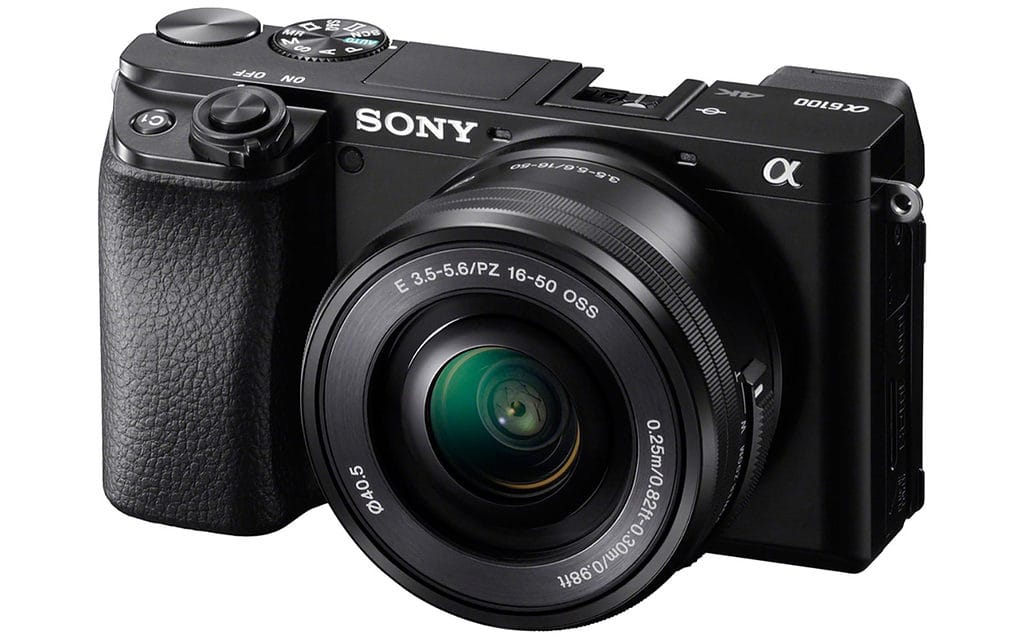
An expected successor of the fantastically popular Sony A6000, the Sony A6100 is another entry-level, user-friendly mirrorless APS-C sensor camera. Therefore, it is perfect for beginner photographers.
The Sony A6100 still preserves the key features of its predecessor, such as the body design, 24MP resolution, similar EVF and tilting rear LCD screen type, and 11fps burst shooting mode.
Core Specifications
Lens mount: Sony E-mount
Sensor: 24.2MP APS-C CMOS
Autofocus: 425 selectable points
Video: 4K/30p
Burst shooting: 11fps
Weight: 396g
Screen type: 3-inch 922K-dot tilting touchscreen
Connectivity: Wi-Fi and Bluetooth
Battery life: up to 420 shots
What makes Sony A6100 different from its precursor is some positive improvements made—more enhanced handling and performance, a superb class-leading continuous autofocus system, a more touch-sensitive screen, image quality, battery life, and more.
Pluses
+ Excellent tracking autofocus
+ Rock-solid battery life
+ Mostly easy-to-use controls
+ Sony’s app works well
+ Numerous features in a compact body
+ Perfect for beginners and those on budget
Minuses
– No IBIS for video
– Limited touchscreen functions
– Relatively low-spec LCD and EVF
– Some handling quirks
Tips for Buying the First Mirrorless Camera for Beginners (A Buyer’s Guide)
A mirrorless camera is a great option for Mirrorless cameras are a great option for an aspiring photographer, thankfully due to their electronic viewfinder. This feature allows you to see how various camera settings will affect your pictures in real-time.
As a beginner, buying your first mirrorless camera can be a thrilling but somewhat intimidating decision. There are countless options at various price ranges, specs, and experience levels.
This buying guide offers some insightful tips or things to consider before picking your first mirrorless camera.
1. Consider the image and video quality you want
This will highly depend on the subject you want to capture—landscapes, portraits, fast-moving scenes, etc. Read the specifications carefully to find the one you want.
2. Resolution
We know it in megapixel measurement. Resolution highly affects your camera’s image quality. A higher megapixel rating means boasting more terrific details, yet unfortunately, it eats up more storage space in your camera’s memory card.
3. Size and Ergonomic
Some mirrorless cameras are smaller and lighter; some others are quite larger. Which one do you prefer? You can also consider how you will bring or transport them more conveniently. Another factor is the grip since it will affect optimal comfort.
4. Sensor size
Larger or wide sensors usually offer better image quality, especially in conditions with low light. They also increase the ability to blur backgrounds. Some mirrorless cameras have the specs of a full-frame sensor or APS-C sensor type.
5. Speed and Performance
You need to check some essential specs, such as autofocus speed, frames per second (fps), or overall operational speed ratings.
As the name suggests, the fps rating is the number of photos, shots, or frames a camera can capture or take per second. The higher the fps rating, the clearer, and smoother the images or videos.
6. Type of lens
Most cameras usually come with fixed and interchangeable lenses. To help you narrow down, a fixed lens is easier to use as it comes with a prime lens and a zoom.
7. Video performance
Prefer shooting video footage with your mirrorless camera? If yes, you need to consider some key specs like frame rates, image stabilization, 4K or above video features, etc.
Whether you are enjoying photography as a hobby or a more serious profession, buying a mirrorless camera for the first time can be quite a thrilling yet intimidating decision. The good news for you who are just starting, many modern and the best mirrorless cameras in 2024 are more than capable of doing what you ask or need them to.


